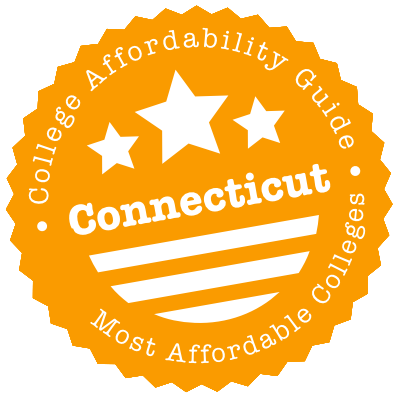Summary: Connecticut high school juniors can win $2,500 for their freshmen year in college based on their academic performance and leadership in extracurricular activities.
Eligibility: Connecticut high school juniors planning to attend any accredited U.S. college are eligible.
How to Apply: Submit an application directly to the Connecticut Better Business Bureau.
Summary: Dependents of a parent in the state police can apply for funds through the Department of Emergency Services and Public Protection.
Eligibility: The trooper can be active or retired, but he or she must have served for 10 years for the child to qualify for funding.
How to Apply: Contact the Department of Emergency Services and Public Protection, Division of State Police, for application procedures.
Summary: This modest award ($500 to $1,000) is aimed at Connecticut Talent Assistance Cooperative (CONNTAC) members who have overcome difficulties and low incomes to pursue an education.
Eligibility: Applicants must be CONNTAC members enrolled in an associate or bachelor’s program. Neither of their parents can have a bachelor’s degree.
How to Apply: Send an application, transcripts, personal essay and letter of recommendation to CONNTAC. You’ll have to verify your income as well.
Summary: Continuing college students can get up to $1,200 from the state toward a public or private undergraduate program in Connecticut if they have performed well academically and have further financial need.
Eligibility: Applicants must already have received a Governor’s Scholarship Need-Based Award (see below) in the past year to be eligible. They must also be Connecticut residents who have earned at least 30 credits in the last year, maintaining a minimum GPA in the process.
How to Apply: Submit the FAFSA according to your school’s filing deadline.
Summary: High-performing high school students can lock down up to $5,000 a year in state funding for a bachelor’s program and up to $3,500 a year for an associate program if they have financial need.
Eligibility: Connecticut residents who ranked in the top 20 percent of their junior class, had an SAT score of 1800, or had an ACT score of 27 are eligible if they plan to attend a public or nonprofit college in the state.
How to Apply: Submit an application via your high school by February 15. Submit the FAFSA separately by the same date.
Summary: Up to $3,000 in state funds is available to students who show financial need and want to attend college in Connecticut.
Eligibility: Basically, all state residents going to a public or nonprofit private college in the state are eligible. If their Expected Family Contribution according to the FAFSA is within the allowable range, they’ll get the award.
How to Apply: Submit the FAFSA according to your school’s filing deadline.
Summary: Hartford residents can earn $20,000 for college by doing well in a Hartford public high school.
Eligibility: There are several criteria students must meet to become Promise Scholars: live in Hartford and attend a Hartford public high school all four years, be absent no more than seven percent of school days, and earn at least a 3.0 GPA.
How to Apply: Scholars are automatically identified during their senior year. If you’re identified, you must submit the FAFSA by June 30, show proof of residency and full-time enrollment at a college, and apply for additional scholarships to supplement the award.
Summary: This renewable $1,000 to $5,000 scholarship from the Community Foundation for Greater New Haven rewards problem-solvers who want to go to college.
Eligibility: Connecticut and New York City residents who are about to enter an undergraduate program (or who are in their first year) at any school are eligible, as are students from outside the region who plan on attending school in Connecticut or New York City. Financial need is not a criteria for winning the award, but it does effect the amount of the award.
How to Apply: Submit an application that includes personal essays, letters of recommendation and other information that demonstrates your creativity.
Summary: New Haven residents can get their entire tuition automatically covered at state colleges and up to $2,500 paid for at private colleges.
Eligibility: To become Promise Scholars, students must live in and attend public high school in New Haven. Additionally, they must earn a 3.0 GPA, have a 90% attendance record, perform 40 hours of community service and have an exemplary disciplinary record.
How to Apply: During high school (or even middle school), sign the New Haven Promise Student Pledge to enroll in the program. Assuming you have met the qualifications above throughout high school, apply for the scholarship during your senior year.
Summary: Children who went through the state’s foster system can earn the equivalent of tuition, fees and on-campus room and board at UConn to attend any college in the country, though they are expected to search for other financial aid to offset costs.
Eligibility: Those adopted before turning 18 from 2005 onward are eligible, as long as they are admitted to college before turning 21. They can renew their award each year until they turn 23, provided they maintain a 2.0 GPA and pay $500 toward academic costs.
How to Apply: Send your application and copies of your acceptance letter, financial aid application and high school transcript to the Department of Children and Families.
 Want to see the top online colleges in Connecticut? View them here
Want to see the top online colleges in Connecticut? View them here

